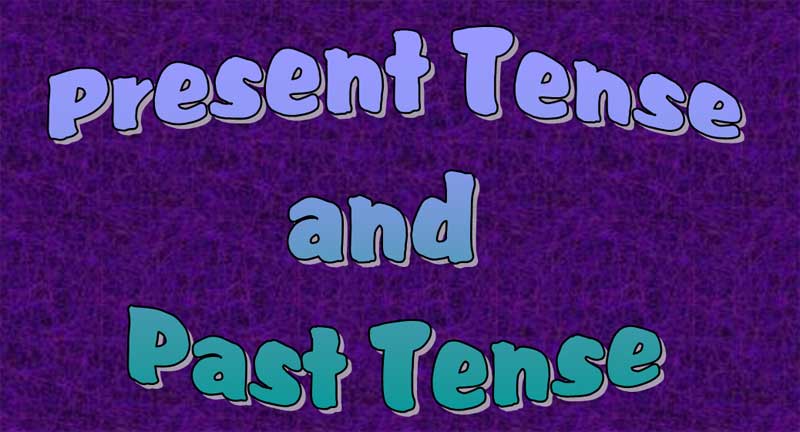
When we refer to a verb in general terms, we usually cite its base form, as in “the verb travel“, “the verb sing“. We then add inflections to the base form as required.
| Base Form | + | Inflection | ||
| [1] She | travel | + | s | to work by train |
| [2] David | sing | + | s | in the choir |
| [3] We | walk | + | ed | five miles to a garage |
| [4] I | cook | + | ed | a meal for the whole family |
These inflections indicate TENSE. The -s inflection indicates the PRESENT TENSE, and the -ed inflection indicates the PAST TENSE.
Verb endings also indicate PERSON. Recall that when we looked at nouns and pronouns, we saw that there are three persons, each with a singular and a plural form. These are shown in the table below.
| Person | Singular | Plural |
| 1st Person | I | we |
| 2nd person | you | you |
| 3rd Person | he/she/John/the dog | they/the dogs |
In sentence [1], She travels to work by train, we have a third person singular pronoun she, and the present tense ending -s. However, if we replace she with a plural pronoun, then the verb will change:
[1] She travels to work by train
[1a] They travel to work by train
The verb travel in [1a] is still in the present tense, but it has changed because the pronoun in front of it has changed. This correspondence between the pronoun (or noun) and the verb is called AGREEMENT or CONCORD viagra pfizer prix. Agreement applies only to verbs in the present tense. In the past tense, there is no distinction between verb forms: she travelled/they travelled.












